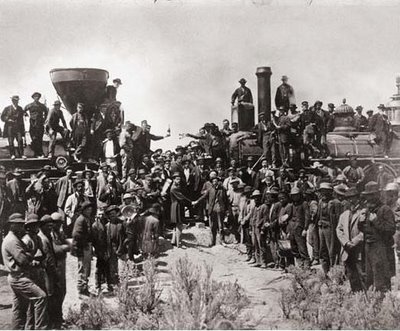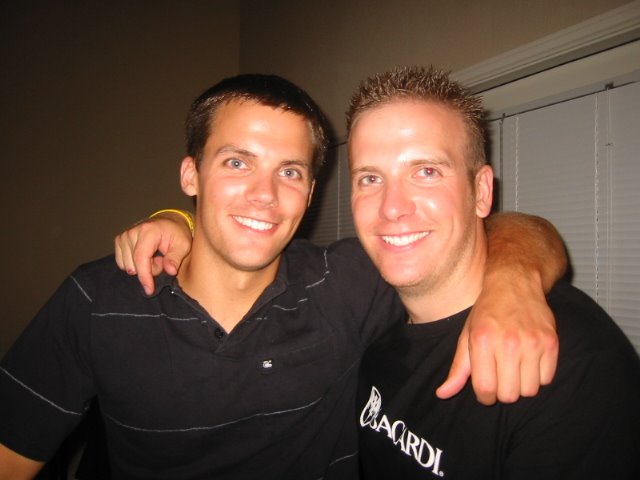The Poet and a Picture
On August 7, 2002, I paid a cover on my way into a smoke-filled dive bar to check out my first poetry slam. As I recall, it was standing room only that Wednesday night. The crowd hissed, hollered, and laughed through the first round of poets, and eventually, everyone sized up the little guy taking the stage who was about to slap us with a thunderous poem. We respectfully sank into silence, and that was our first mistake.
We stared at him in silence, and then he would calculatedly blink back in silence. After watching him offer eight blinks and zero words, the comfortable room started to get uncomfortable. The poet blinked on. People shifted their weight. I exchanged glances with someone in disbelief, and a goof ball shouted, “You can do it!” More blinks. No words. Another round of blinks incited nervous laughter, and shortly thereafter, the entire room burst into dozens of conversations trying to diagnose the poet’s inappropriate behavior.
At that point, the poet stepped into the microphone and called us on our second mistake.
Americans fear silence
Like all things they fear
They destroy it.
Poet Unknown
Ego’s Bar in Austin, TX
Ultimately, the poet reminded me that cycles of terror, fear, and resolve have their place in American history, and when you look back at another uncertain time, the United States leveraged timely technology to set the stage for hope rather than destruction.
On May 10, 1869, the Union Pacific Railroad and the Central Pacific Railroad met at Promontory Point, Utah completing the nation’s first transcontinental railroad and connecting two vast oceans with industrial strength commerce and transportation. In the first half of that same decade, the Civil War terrorized the United States resulting in over 600,000 dead soldiers. I am fascinated by the proud vibe in the picture (above), because it reveals an attitude that our pulse was strong in the aftermath of civil war. The picture puts a face to a developing country. I see confidence, and I think the photographer captured one of the most exciting periods in our nation’s history. Could you imagine looking at that picture in the newspaper in 1869 and trying to understand the significance of that accomplishment and the rippling possibilities?Our coast-to-coast transportation system after the Civil War led to a remarkable rebound. Westward expansion, growing cities, an abundance of natural resources, increased trade, and reliable interstate transportation fueled our recovery into the 20th Century.
Today, we must rely on communication and information technology to help us rebound from our current cycle of terror, fear, and resolve. So much of the world is unfamiliar to us, and as we try to encourage growth and innovation and manage a changing globe, we must continue to develop communication and information tools that help us interact with all of our interdependent communities, cultures, and economies.
Over four years ago, the poet saw destruction as a function of our fears, and his words helped me realize that some history needs to repeat itself. A fractured country once found hope in transportation technology and growing infrastructure, and today, a fractured world must find hope in technologies that create broad and effective communication tools and learning opportunities.
If you look back at the picture again, it’s special, because it is a time when we learned how to salvage our country. What will the picture look like when we learn how to salvage the world? Go Blue from Texas!



<< Home